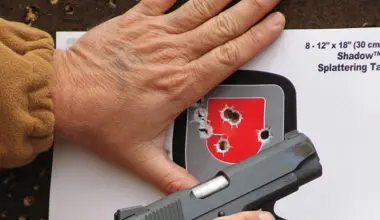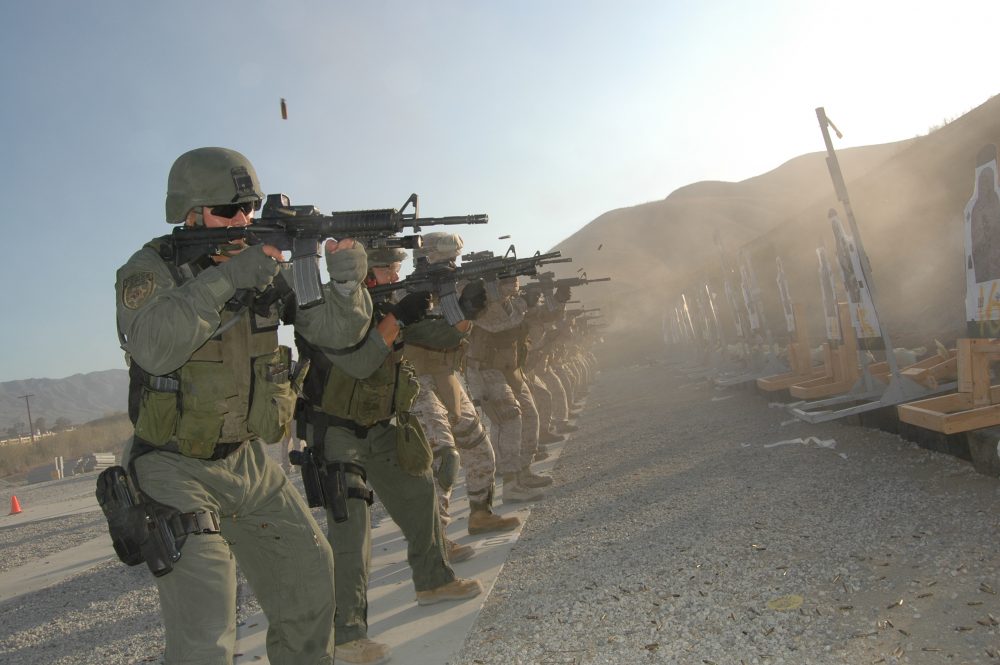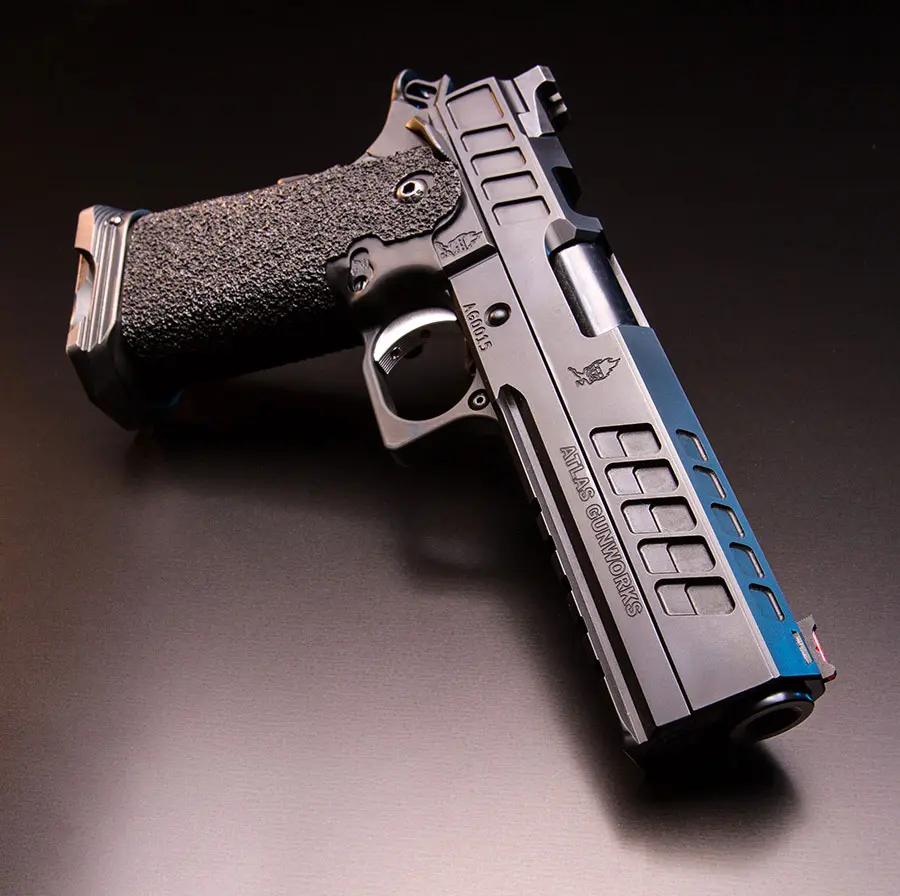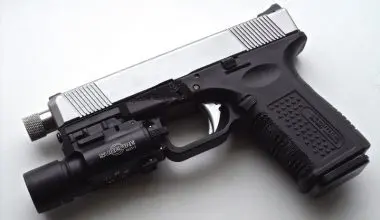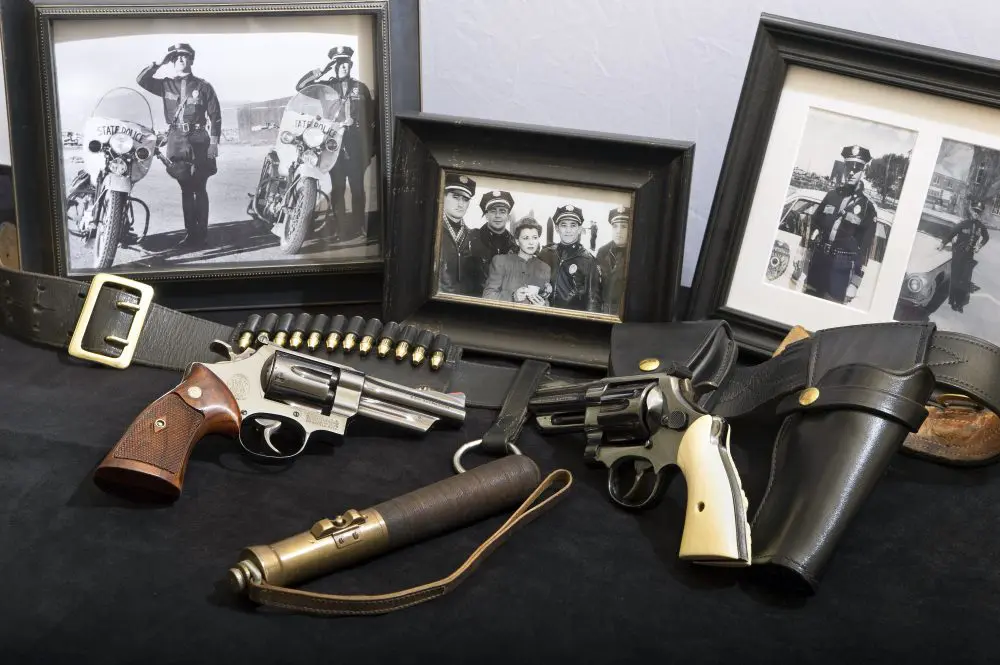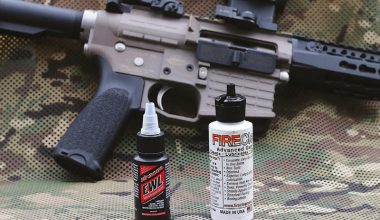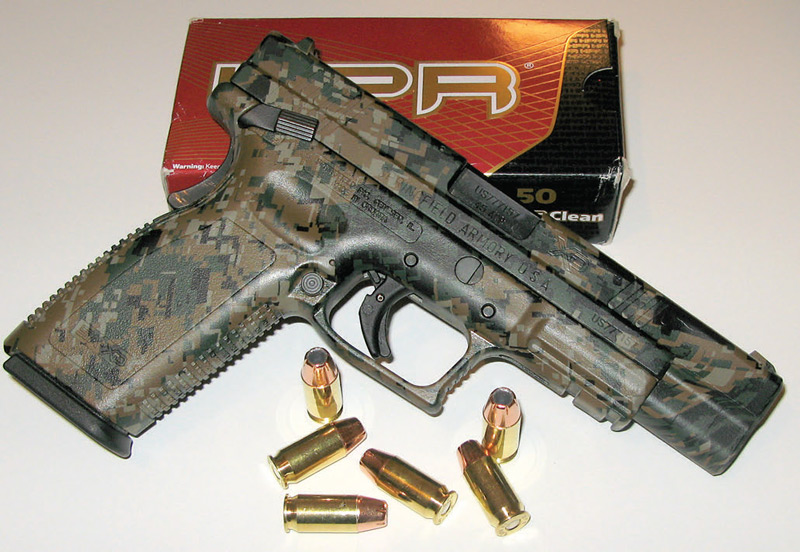
I live in an historic area that can trace its history back to the 1600s, when musketry determined the outcome of battles between colonists and Indians, colonists and British troops, and soldiers of the North and South. But even though the American gun culture got an early start in this region, we have for years suffered from a dearth of local gunsmiths.
So needy was the area for competent service that the local Gander Mountain was overwhelmed with demand but couldn’t keep up with it and closed the department. Local gun shops would accept troubled guns but had to send them out for repair or customization.
This always puzzled me, because we are just south of the “Crossroads of the Corps,” Quantico in Stafford, Virginia, and the home of the Marine Corps’ famous Weapons Training Battalion. Here, Leatherneck marksmanship is held to the highest standards, and the most accurate long and short personal weapons are constructed and maintained. Marine gun plumbers retire, but don’t seem to gravitate to the local civilian market.
Table of Contents
BUTKUS TO THE RESCUE
But in 2013 this finally changed and, in the heart of the old city and literally a stone’s throw from George Washington’s Rappahannock River, “Gunsmithing with Honors” shop opened its modest emporium with retail, repair and custom gun work services.
Mike Butkus is the owner and lead gunsmith and yes, he is related to number 51, the Dave Butkus and, like Dave, Mike is a big man. Backing him up at the gun repair and customization bench is Mike Adams or Mike 2, who is one of the most enthusiastic gun plumbers I’ve ever met.
Rounding out the trio is Mike 3 or Mike Lemmens, previously a White House security Marine under President George Bush and who, with his lovely fiancée Tiffany, was specially trained in Hydro Coating—the latest rage in firearms refinishing.
This process offers a plethora of transferable and highly durable printed designs including mission- and hunterspecific patterns to complement the operational environment, individualize a firearm, or simply dress up one that may be used in competition.
HYDRO COATING EXPLAINED
Wikipedia advises that the process is also known as Hydrographics, Hydro- Graphics, immersion printing, water transfer printing, water transfer imaging, or cubic printing. Mike refers to his processing as “White Wolf Hydrographics.” Basically, it’s a method of applying printed designs to three-dimensional surfaces. Also known as Hydro Dipping, it can be applied to a large number of materials.
In the process, a base coat material is applied to the substrate piece to be printed. A polyvinyl alcohol film is gravure-printed—an industrial printing process that uses a cylinder for each color of the final image and is capable of consistent high-quality printing. They are used in rotogravure presses with the graphic image to be transferred, and then floated on the surface of a vat of water.
An activator chemical is sprayed on the film to dissolve it into a liquid and activate a bonding agent. The firearm is then lowered into the vat, through the floating ink layer, which wraps around the piece and adheres to it. After removing the item from the water, a topcoat is applied to protect the design.
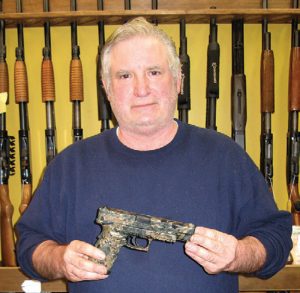
With multiple dippings, hydrographics printing can achieve full 360-degree coverage of the gun’s surface, including small crevices and components.
XD TRANSFORMATION
After examining several samples of Mike and Tiffany’s flawless work, I decided to have my well-worn five-inch Springfield Armory XD .45 ACP tactical pistol refinished in digital camouflage. In addition to a grip safety, the pistol has an ambidextrous thumb safety that was developed in response to another military false alarm regarding a new pistol selection trial.
I selected the MARPAT (Marine Pattern) and, after weeks of waiting, the XD was perfectly transformed. Mike figures the project took him eight to ten hours to complete, but it requires a couple of days of curing time. Mike estimates the shortest full-court-press turnaround for any
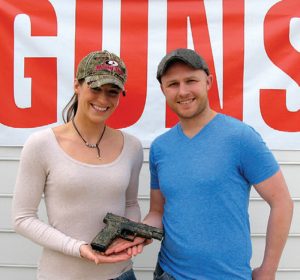
job would be a week. Although ready for service after this period of time, the finish continues to cure molecularly for about six weeks. Furthermore, if the hydro coater makes one mistake, he has to start all over again.
Costs for labor and materials range from $189 to $229 for a handgun and $285 to $350 for a long gun, stripped by the owner.
GREAT GUNSMITHING
While the pistol was awaiting the arrival of materials, Mike Adams performed a trigger job. He smoothed it up, shortened the reset and lowered the pull to 3.75-4.00 pounds. With the leverage that pivoting triggers provide, the trigger actually feels lighter. It’s also a military-style two stage, with almost weightless take-up until it hits sear resistance, and then it breaks crisply with no overtravel.
Beauty is in the eye of the beholder and, although military Special Forces have been altering small arms’ complexions to blend in better with the terrain for quite some time, camouflaging or coloring a gun is not for everyone. For the majority of gun owners, traditional black, blue steel and at most dual- toned receivers and slides are as far as they will go.
Nevertheless, if you want something different—something that will resurrect a tired old piece or provide your favorite duck gun with a highly rust resistant and durable coating that will look like it’s an extension of your duck blind— Hydro Coating is the way to go.
